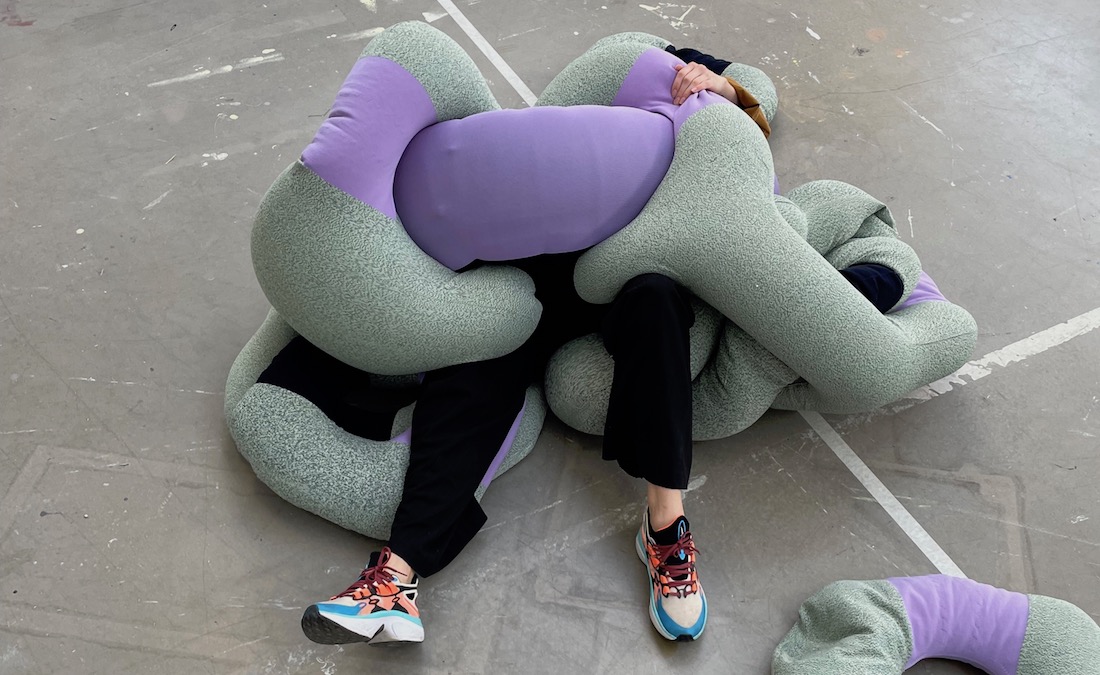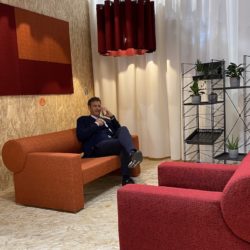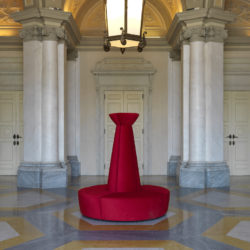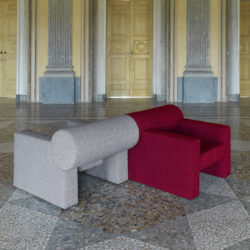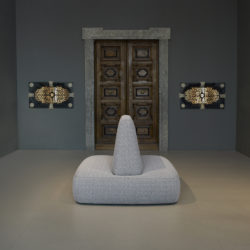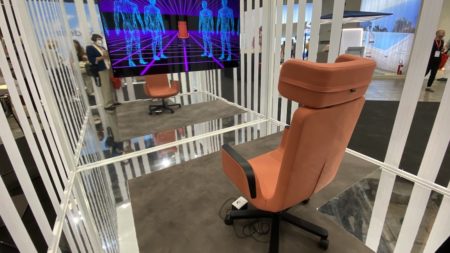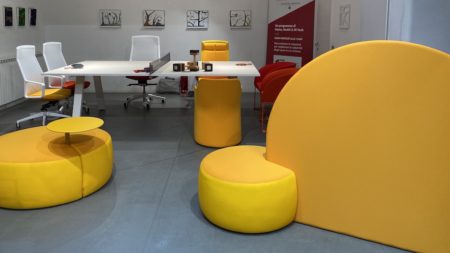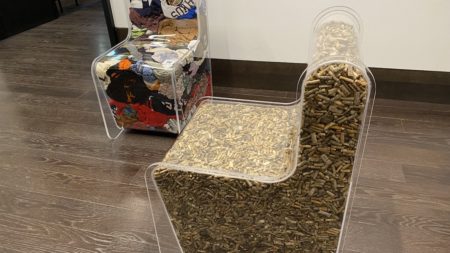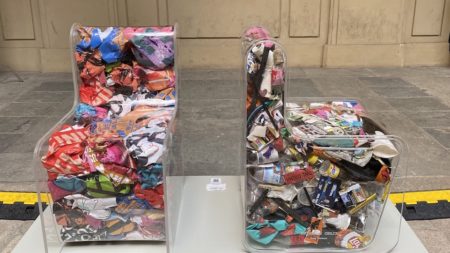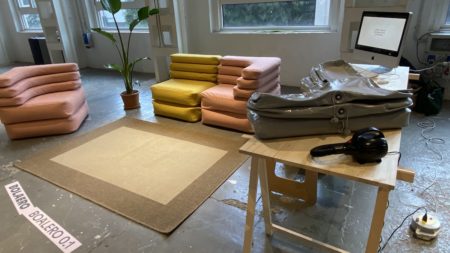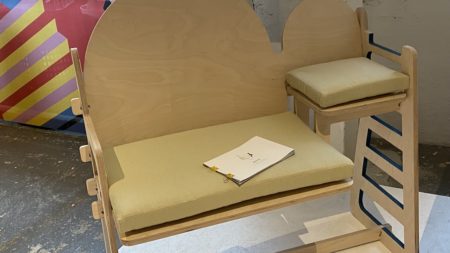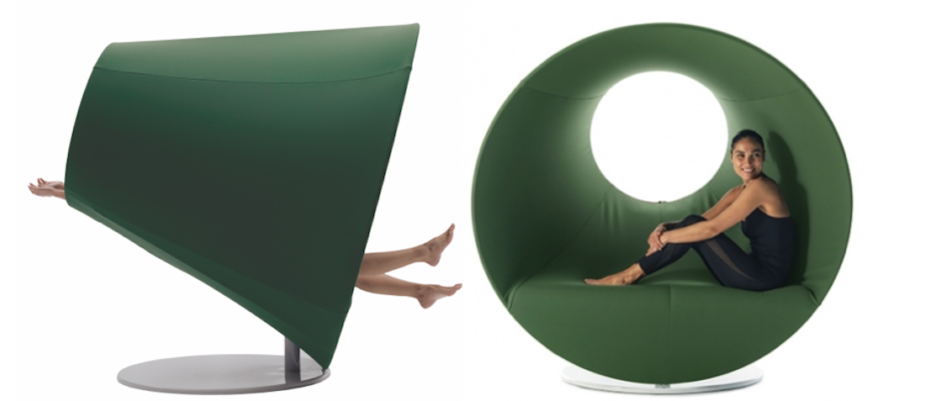
The chair – or rather seating in its broadest sense – remains unquestionably an object capable of stimulating creativity. In the world “there are more chairs than asses”, quoted the master Bruno Munari, but designers continue to be inevitably attracted to them (the chairs!).
And despite the encouragement of another great Master, Ettore Sottsass, who suggested “we should design new asses rather than other chairs”, every design fair, week or event is a good opportunity to conceive and present something new to the market.
Even the last edition of Salone del Mobile and annexed Milano Design Week 2022 were no exception.
The most singular proposals arise from an analysis of the new ways of sitting: the days when our mother asked us to sit “properly” and proto-ergonomics indicated the- only one – “perfect posture” for workers has finished.
Have you ever seen a Millennials work with a lap top? their idea of comfort reveals different visions … It is impossible not to be surprised by the infinite positions / contortions that can be assumed (it is no coincidence that Sedus has edited the interesting booklet Workasutra to awareness of the variety of possible ways).
The spread of home working has given a strong impetus to this trend and the most intriguing proposals arise precisely from a rethinking of the new possible uses and new functions that can be integrated into the seating – difficult to find a definition for these piece of furniture that go beyond any idea of traditional chair / pouf / armchair.
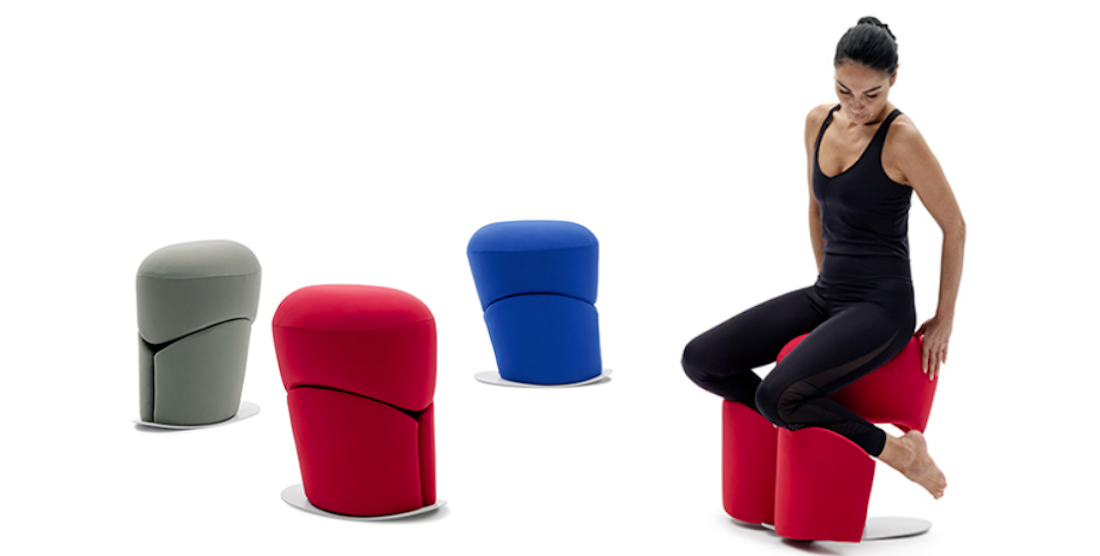
At the Salone del Mobile, some examples of this conceptual revolution were seen.
Starting with the always surprising Denis Santachiara who designed Smarte for Campeggi, a pleasant compact pouf that opens when needed and becomes a swinging seat for working on your knees.
And on the same Scandinavian-concept, also at the Salone, but with a completely different formal aspect, Quadrifoglio presents Moon, designed by Serena Papait to offer a feeling of lightness and weightlessness.
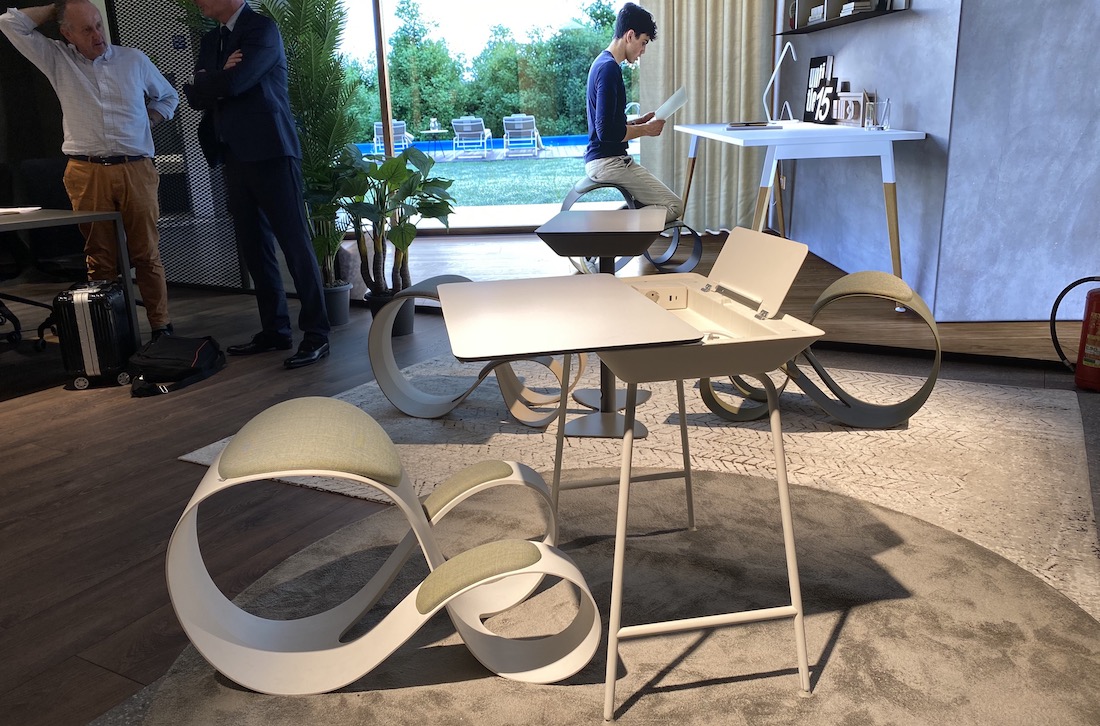
However, on the properties of these poufs – kneelers, which undoubtedly lighten the load on the spine and release the compression of the diaphragm, there would be some discussion because the load of the weight moved to the knees is not beneficial for blood circulation … so in any case they should be understood as temporary “alternative” solution to “normal” chairs.
Another conceptual strand is that of the combination of seating and acoustics that has gone far beyond the cocoon type armchairs that have been furnishing the lounge areas of offices for several years.
Campeggi again surprises us with the sculptural Gea by Emanuele Magini, an enveloping and protective chair-bed inspired by the search for privacy.
Actually the rich collection of modular seating by Caimi (Napwork, design Paola Navone- Otto Studio; Cilindro, design Claudio Bellini; Snoworking, a + b design; Volumi, design Caimi Lab) is innovative and experimental, which thanks to Snowsound technologies, seating are transformed into tools for environmental comfort and wellbeing: they are in fact capable of muffling noise and shielding electromagnetic pollution.
Acoustics and technology are also the heart of Silente, developed by Luxy in collaboration with Tangity (NTT DATA), which integrates a sound management system capable of creating an acoustic comfort zone for the user.
There is no shortage of new ideas on the seating theme in the Fuorisalone installations, too.
A joyful vision of the workplace has generated Tommy, passepartout chairs for smart working and lounge area by Basaglia + Rota Nodari for Viganò, islands in two different diameters that can be equipped with a coffee table or sound-absorbing panel with a graphic shape.
The recycling and reuse of waste materials was the starting point for more “extreme” proposals such as the No Waste Chair, exhibited at Palazzo Turati at the Masterly exhibition.
The graduation project by Dutch designer Kees Dekkers at HMC (Wood and Furnishing College) restores value to useless materials with the intent of creating awareness and inducing change (all chairs are unique items for sale at various prices from 5000 to 2000 €).
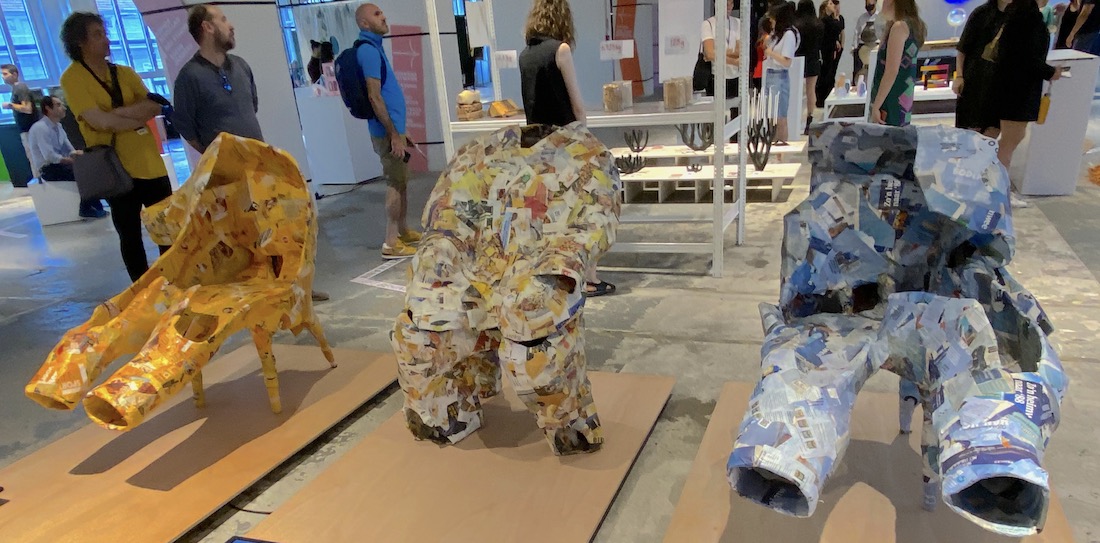
Other “radical” exhibition with a strong image generated by a mix of provocation, intuition and denunciation were on display at Base at the We Will Design exhibition.
Human Mold by Matthieu Henry, that means “the body feeds the object as much as the object feeds the body. Who shapes who when the couch we built forces us to sit?” quoted the performer designer of these self-generated chairs.
Social Impact is by Korina Vrettou, a modular double seat both for adults and child, made of wood that gives the chair the virtual dimension of home.
The Bolaero rude inflatable armchair system by Tommaso Mirabella Roberti is also modular.
Finally, a touch of pure playful is offered by the textile designer Christine Snedker, the author of Balls Form Knit, a project that investigates the elevate role of textiles in interior design and knits transformable objects that offer a different perspective on what “anatomical support can be based on bold interaction”, a definition that well expresses another way of conceiving the seating.
Text by Renata Sias
